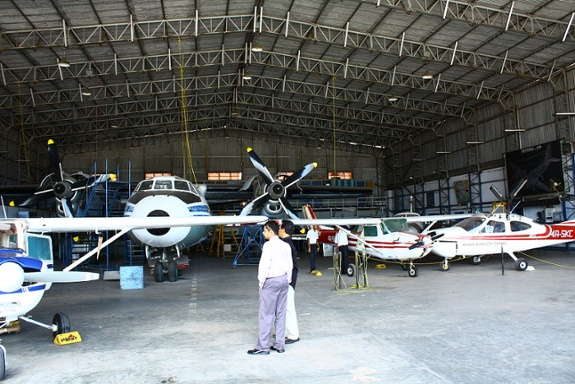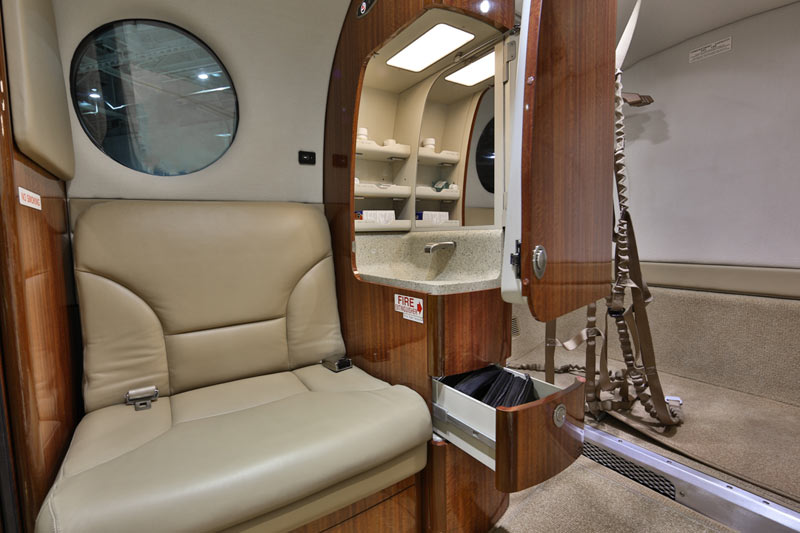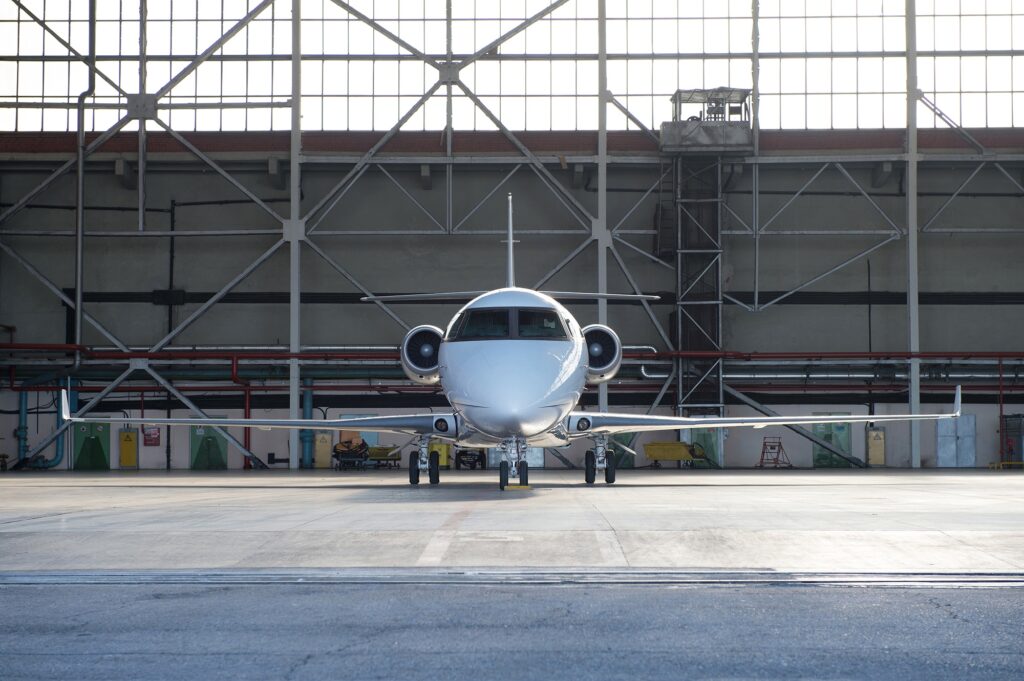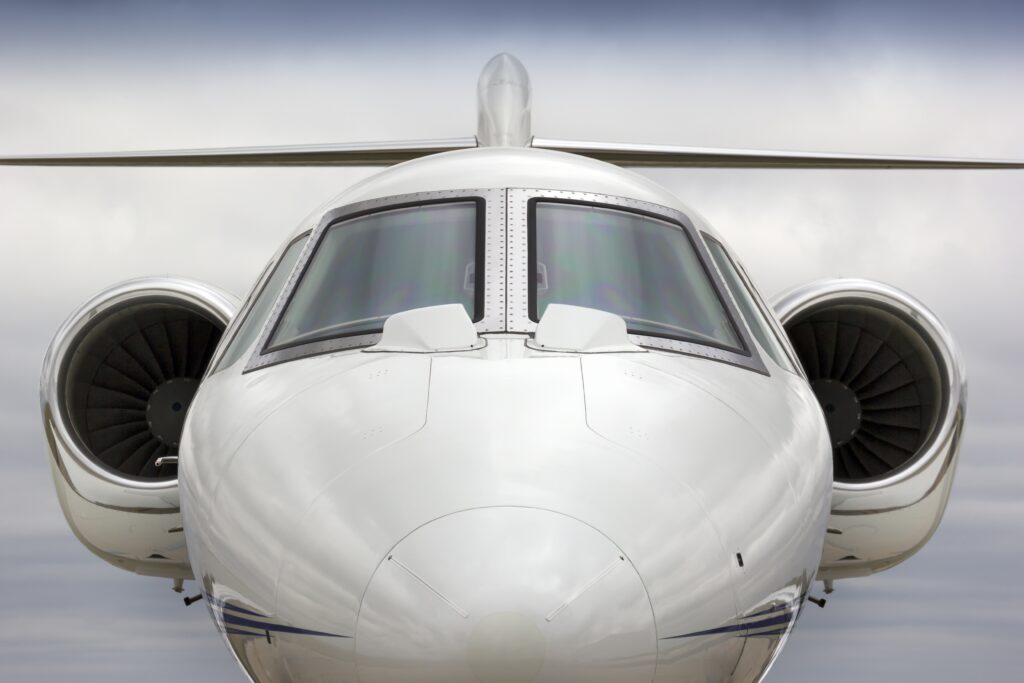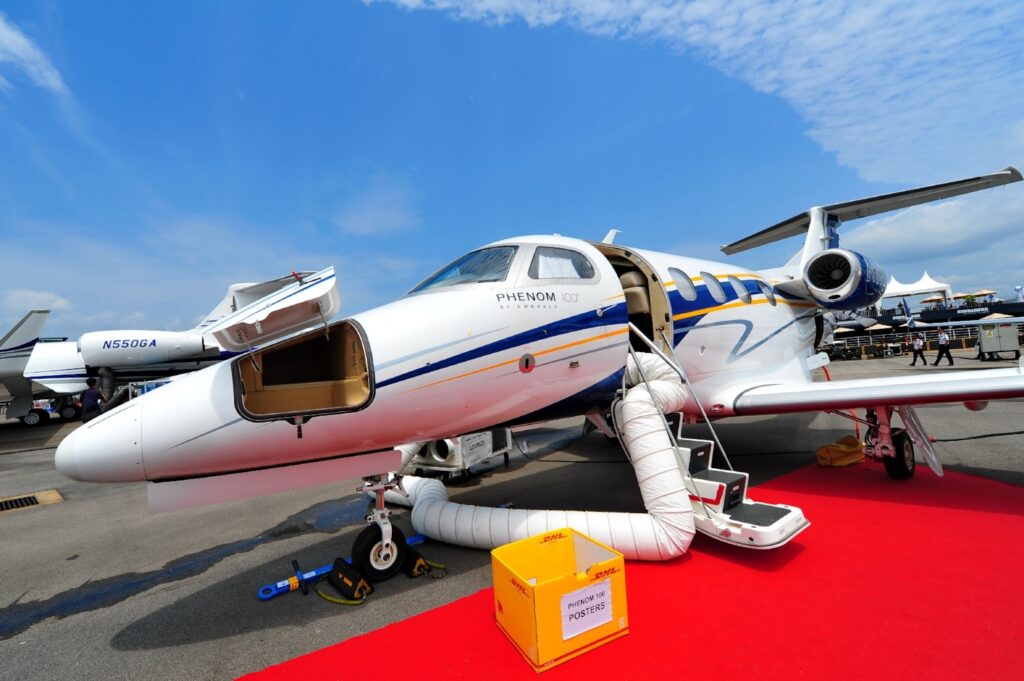When it comes down to it, to accurately value an aircraft, you need access to the most recent sold figures for that particular model. You can evaluate an aircraft from top to bottom, but you simply have to know how it stacks up against what’s sold recently and what’s currently on the market to gauge its value. Once you know the market, there are a number of factors that must be considered.
Total Time
Like mileage on a car, you have to know an aircraft’s total time to know what it’s worth. But total time isn’t quite as cut-and-dry as mileage on a car. Valuation of total time is fleet-specific. An aircraft like a Citation Excel is a good low-utilization plane, meaning it flies just as well sporadically as it does with consistent usage. Something like a GIV, however, performs optimally when frequently used. Citations, in general, are typically good low-utilization planes, while larger aircraft like Gulfstreams and Globals perform better after they’ve been broken in a bit. As our President Curt Banglesdorf would say, “It’s definitely an airplane, not a ground plane.” In other words, you’d prefer to find a Gulfstream that hasn’t spent most of its lifetime in the hangar.
Cycles
Along with the total time, you should know the total number of cycles an aircraft has completed to know its true value, because every landing puts stress on a plane. High time isn’t necessarily a bad thing if its ratio of hours to cycles is favorable. An aircraft that has been flown a lot is a good thing, but one that’s landed a lot is not.
Year
Knowing the year your aircraft became airworthy is big for its value, as well, once again like the model year of a car. Some may put value on the year the aircraft was manufactured, but the warrantees don’t start until it became airworthy, which is typically what we mean when we list the year of an aircraft.
Ownership History
Value is often placed on planes owned by Fortune 500 companies that have flight departments with good reputations. A couple examples are Coca Cola and Cox Communications, whose flight departments have fantastic reputations within the industry. For certain planes, buyers will pay up to $1M more because of the flight department’s reputation for consistent maintenance and taking care of an aircraft’s paint and interior. For those that haven’t been owned by massive corporations, does the ownership group have the manpower to clean and maintain meticulously? Where did they take it for maintenance? All are questions worth asking.
Country of Registration
It’s no secret that some countries have better reputations than others when it comes to how they treat their aircraft. Aircraft that have been registered in the U.S. for their entire lifetime are given a premium, based on reputation of our service centers and our governmental regulations. Its country of registration can also tell you what kind of environment its been in. If its spent all its time in the Middle East, the sand can cause excessive corrosion, and the same goes for an aircraft that’s been based near a beach.
Damage History
It’s incredibly important to do a thorough logbook check of an aircraft to accurately gauge its value. If damage is big enough, they’ll have to file a 337 report, but be on the lookout for owners trying to minimize it by saying things like “parts on parts off.” A thorough logbook check will eliminate any doubt that an aircraft has damage history you don’t know about.
Part 135 or Part 91
If an aircraft has been chartered and flown by Part 135 standards, it may have some advantages over an aircraft that has been flown Part 91. Part 135 aircraft have to carry out recommended service bulletins, and have to replace things like fire extinguishers more often. On the other hand, they’ve typically seen heavier, less careful usage from passengers that don’t own the plane.
Status of Engines
Engine status is one of the biggest factors when evaluating an aircraft. Are the engines on programs? If they are, it shows that the aircraft has been owned and maintained by a knowledgeable group that’s invested in the maintenance of the aircraft. How much life is left on the engines? Were the engines ever taken off for unscheduled maintenance? If their times don’t match up, that’s a good sign they have been.
Status of Paint and Interior
Paint and interior is another biggie that can affect an aircraft’s value. Is the paint chipping? Is the wood coming apart? Does it have a desirable configuration? Where’s the crew rest? The location of the crew rest could be as much as a $500k difference, depending on whether or not the crew will be forced to intrude on passengers to get back there. What about the paint job? It’s trendy right now to paint an aircraft black or grey, but to resell the aircraft, you have to find a specific buyer that wants that paint job, as well. Who did the paint and interior? Was it a reputable shop like Flying Colors or Duncan, or was it a mom-and-pop whose paint may start chipping just a few years down the line?
Cockpit
The status of an aircraft’s avionics is especially important in today’s landscape, as we approach the FAA’s 2020 deadline to equip aircraft with ADS-B Out capabilities. If an aircraft isn’t yet ADS-B compliant, how much will it cost to upgrade? What avionics suite does the aircraft have? Does it include synthetic vision?
WiFi
The majority of aircraft buyers these days prefer having WiFi while they travel. It’s more important than ever for business men and women to remain connected at all times. A three-hour delay can kill a deal, so most executives simply can’t afford to go radio silent. The type of WiFi is important, as well. Some WiFi systems only work in the US, some can’t stream video, and some can stream, but they charge you an arm and a leg to do so—depending on the plan/equipment you have. If the aircraft isn’t equipped with WiFi, it’s important to know what options you have and how expensive they are.
Inspection Status
Inspections on an aircraft can cost a lot money. At first, when comparing a 2006 model and a 2009 model of the same aircraft, the 2009 obviously seems more valuable, but what if the 2006 just had its 96-month inspection? While it shouldn’t make or break an aircraft, inspection status can make a big difference in its value.
The bottom line is that every aircraft has a story, whatever it may be, and it’s a broker’s job to figure it out.

